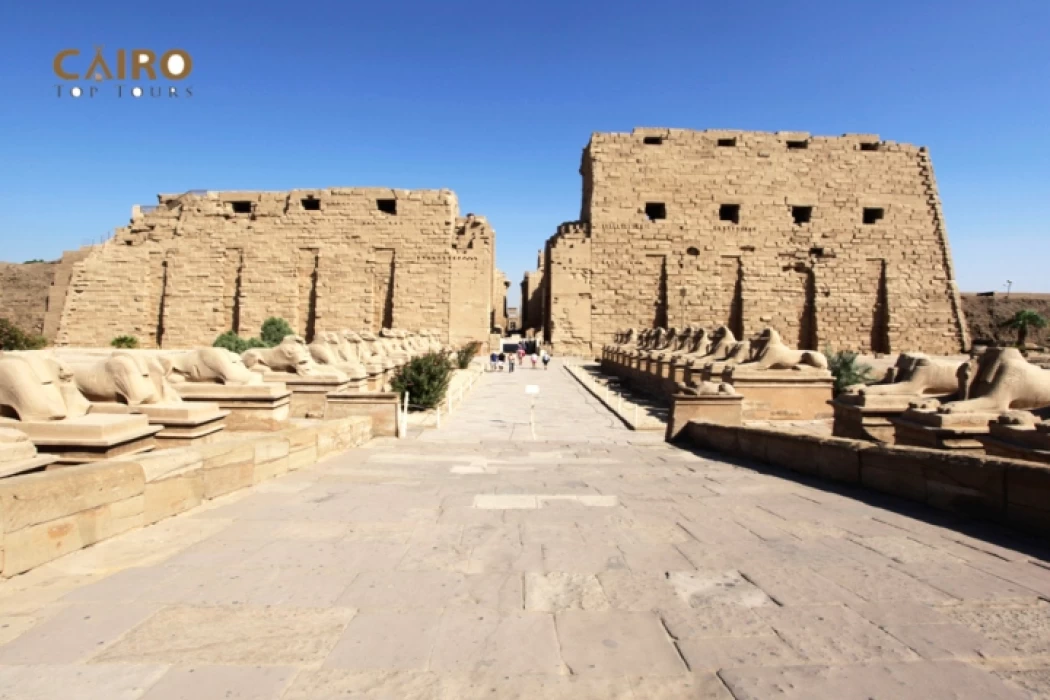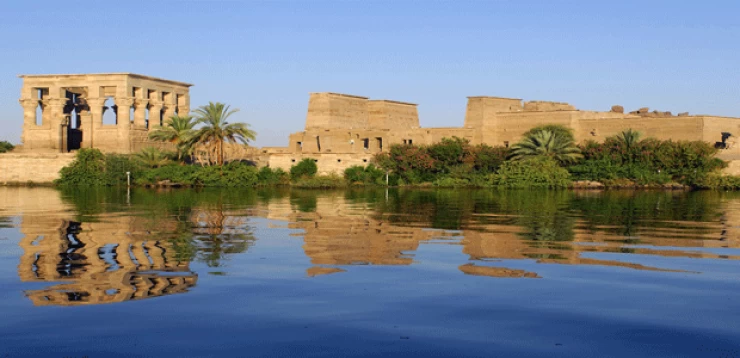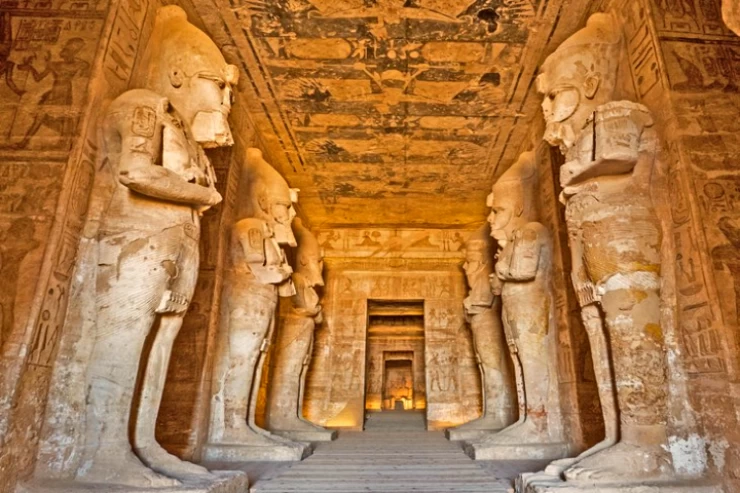
Luxor Temple
Luxor Temple
The temple is located in the city of Luxor; the ancient Egyptians called the temple “the southern sanctuary” because of its location in the ancient Thebes, which is now the city of Luxor. The temple dates to the Eighteenth dynasty (c. 1550–1295 BC). The temple is connected with the great temple of Karnak by the processional way of the sphinx statues. People come from all over the world through Egypt Classic Tours to visit the temple of Luxor.
Luxor Temple History
The temple was founded by King Amenhotep III, who was the ruler of Egypt during the 18th dynasty, according to the found chapels at the back of the temple; in addition, other parts of the temple were founded by the two great Egyptian kings, Rameses II and Tutankhamun. Luxor Temple was the most significant religious center in ancient Egypt. It was also the place of the rebirth of the god Amun. The history and significance of the temple make it one of the top destinations in Egypt for Christmas tours to be visited and explored.
In ancient times, the temple was surrounded by shops and mud brick houses, which disappeared with the new modern town. When you walk inside the temple, you go deeper back in time and history. The temple has a long avenue of sphinxes that reach 3 km to the north of the Karnak temple, which is a complex architectural creation.
The temple of Luxor is one of the most known and attractive visits during Egypt Nile cruise tours passing by Luxor and Aswan. Amenhotep III was the chief architect in the process of building the temple that remains enchanting 3400 years ago on the east bank of the great Nile River. Luxor temples represent the immortality and eternity of the Egyptian civilization.
Ramses II, the first pylon of 24 meters high; in front of the pylon there are six colossal statues of Ramses II. The temple included two pink granite obelisks; one of them remains as it is and the second in Paris. Moreover, in the back, there’s the great court of Ramses II, surrounded by two rows of columns similar to Lotus buds. The beautiful walls are decorated with scenes displaying the pharaohs while offering to the gods. Don’t waste the opportunity to see this architectural miracle while being in Egypt.


















